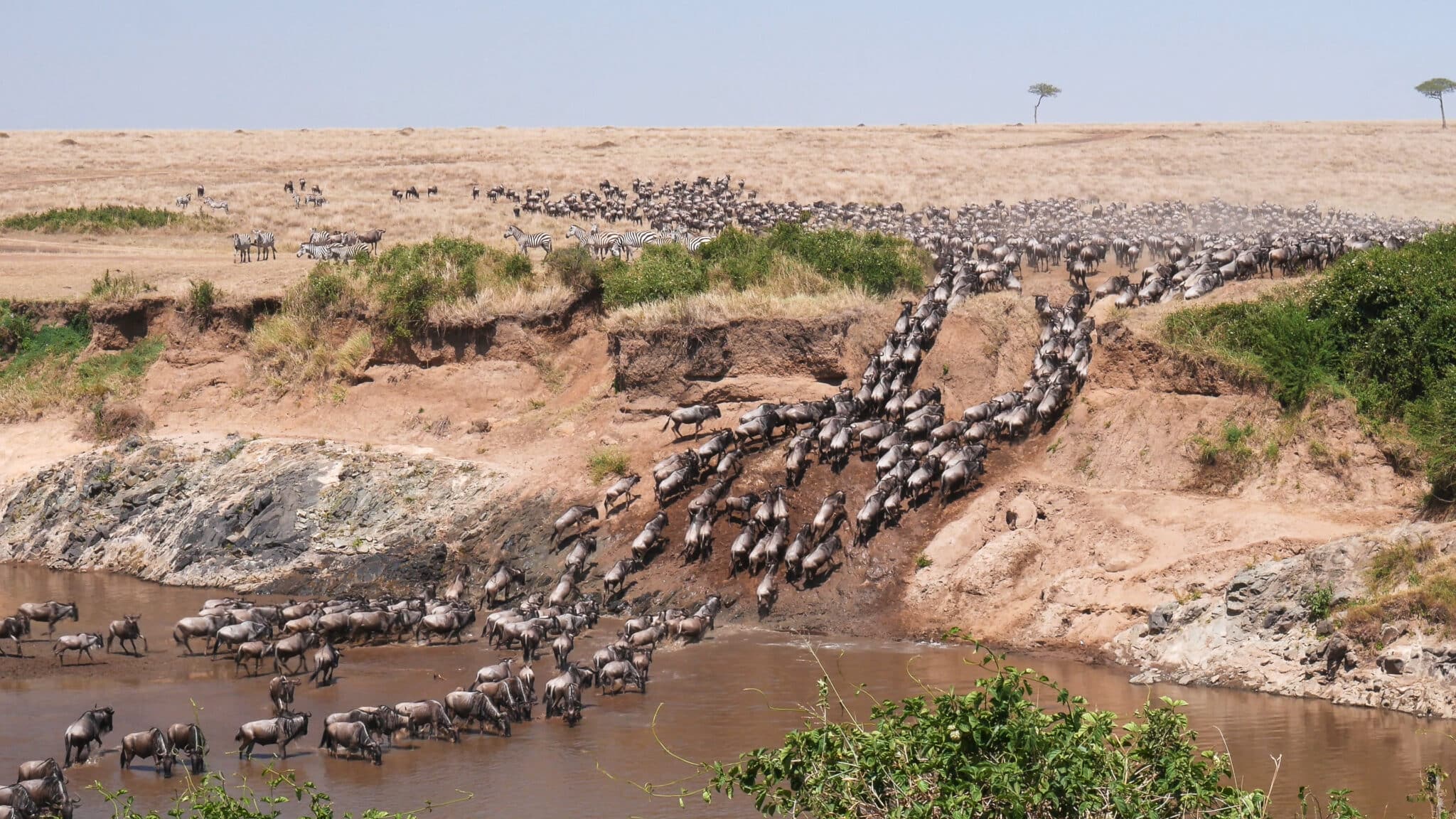



























SELECT A MONTH in the timeline below to see our monthly predictions for the annual Great Migration. These predictions will ensure that you're in the right place at the right time to witness this natural work wonder.

We spend a lot of time gathering relevant data to keep your east Africa migration safari authentic. We are proud to be the first safari company to provide you with this information, based on firsthand experience and affiliate partners.
Meet our Great Migration Informants:
Our guests provide us with live feedback on their trip, which helps to validate the authenticity of our project. This contribution to our database is invaluable.
We would like to thank everyone who is involved in providing us with continual and relevant data that has made Herdtracker such a great success.
HerdTracker is a real time Google map showing weekly updates of the wildebeest migration's precise location.
The updates are accurate, sourced weekly from pilots who fly over the Serengeti, safari guides on the ground, Tanzania National Parks Authority rangers and lodges in the Masai Mara in Kenya.

Diane Du Plessis, Safari Travel Planner